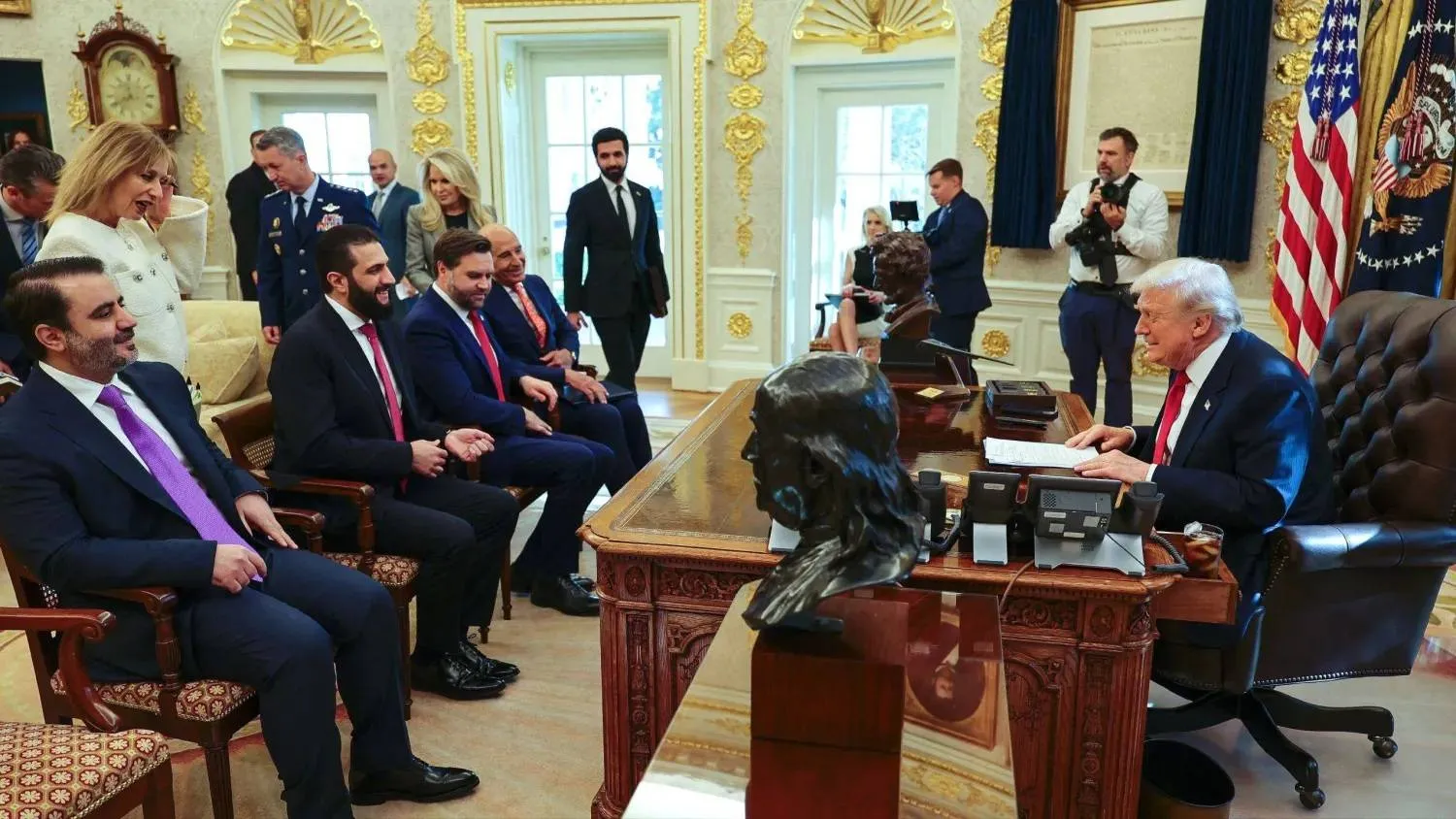Twenty-one years after the overthrow of Saddam Hussein’s regime in Iraq, the formation of eight governments and staging of six parliamentary elections, current and former officials believe that the “experiment of the new Iraq has yet to succeed.”
On this day in 2003, the United States declared the success of Operation Iraqi Freedom that ousted the regime. The lasting image from that period was the toppling of Saddam’s large statue in central Baghdad.
Washington invaded Iraq in 2003 under the allegation that the country possessed weapons of mass destruction and because its regime posed a global security threat. No evidence that Iraq possessed such weapons was ever found.
Iraq does not officially celebrate the overthrow of the regime even though members of the former transitional council had called for naming it a national holiday. Political and popular interest in the anniversary has waned drastically over the years.
Several officials told Asharq Al-Awsat that the democratic experience in Iraq has been impeded by political rivalries and regional meddling.
Uprooting Iraq
Former Electricity Minister Karim Wahid told Asharq Al-Awsat that Washington wanted to use its invasion to “uproot Iraq from the Arab national security defense system and destabilize the regional balance by establishing a new weak regime.”
Wahid, who served in Prime Minister Ibrahim al-Jaafari's government, said the imbalance in Iraq began when officials took political decisions that were motivated by revenge.
“Such an approach was never going to succeed after decades of totalitarian rule,” he remarked.
In the past two decades, Iraq had to contend with security and political crises that started with sectarian violence in 2005, years of terrorism fueled by al-Qaeda and then ISIS, the spread of rampant corruption, rising regional meddling in its affairs and the emergence of militias that enjoy wide political influence in the parliament and government.
In March 2023, Prime Minister Mohammed Shia al-Sudani said his government was working on combating corruption that has taken root in the majority of state institutions, leading Iraq to be ranked 157 out 180 most corrupt countries in the world.
MP Hussein Arab, a second generation politician, described the post-invasion phase as an occupation whose price is still being paid to this day.
It will take more time for democracy to be consolidated in the country, he told Asharq Al-Awsat.
“The parties that adhere to political Islam have tarnished democracy and turned it into a system of extortion and illicit enrichment,” he went on to say.
He predicted that the first generation of politicians who emerged after Saddam’s ouster would themselves be voted out of the scene during the next parliamentary elections.
Results of the change
Head of the Kulwatha Center Bassel Hussein said the outcome of the regime change are “modest” and have not favored the Americans and others.
It did, however, pave the way for regional meddling in Iraq, he told Asharq Al-Awsat.
“The region has become more turbulent and it is becoming worse due to Iran’s growing expansion in Iraq,” he noted.
“Since the invasion, Iraq has become an affiliate of Iran and a pawn in its conflict with the West and Arab surrounding,” he remarked.
On the future of democracy in Iraq, Hussein said the political system “teeters between various contradictory political, legal and social models. Elections have also produced a form of authoritarian competition that has nothing to do with the concept of democracy as understood in mature countries.”
Important accomplishment
In spite of this, Iraq’s most important accomplishment since 2003 has been ending the totalitarian state and one-party rule, said researcher and academic Akeel Abbas.
Aside from this, “the new regime has consistently failed because the ruling political-partisan system has sought its own interests at the expense of society,” he added.
The system has formed the state according to a “wrong and short-sighted vision”, he explained.
Head of the Center for Political Thinking in Iraq Ihssan Shmary said the political class that came to power post-Saddam should have separated powers and achieved social justice.
“Over the years, the political system has shifted from consensual democracy to one led by influential leaders, thereby destroying the essence of the change,” he remarked.
This has given way for more demands for system reforms and constitutional amendments, he noted.
The negatives, however, don’t deny the fact that Iraq gained after Saddam’s ouster the concept of the peaceful transition of power, which should be seen as a sign of recovery in the country, he stressed.









